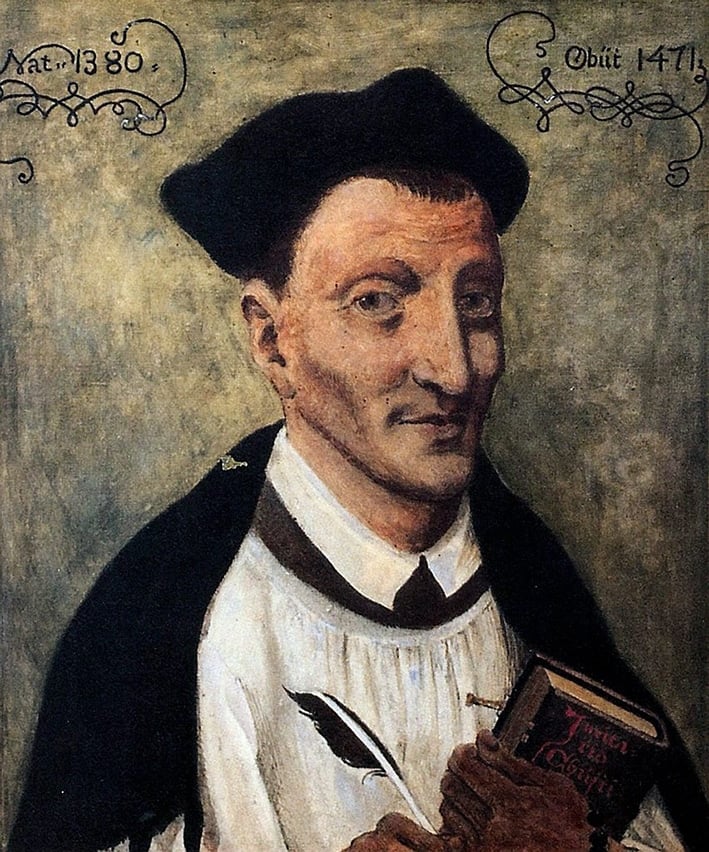
Dear Father, I have been reading and enjoying Thomas à Kempis’ book The Imitation of Christ but don’t know anything about the writer. Can you tell me something about him? Is he a saint?
The name Thomas à Kempis means Thomas from Kempen, a town in Rhineland in western Germany.
Thomas was born in Kempen around 1380 but spent most of his life in the Netherlands, where he died in 1471. He is best known for The Imitation of Christ, one of the most popular classics of spiritual literature, but he wrote a good number of other works.
Thomas’s father Johann was a blacksmith and his mother, Gertrud, a schoolmistress. It seems they had just two children: Thomas and Johann, who was born some 14 years before Thomas.
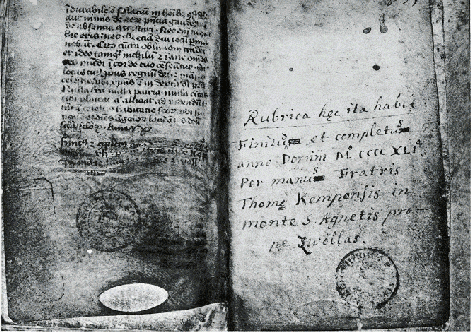
In 1392 Thomas followed his brother to Deventer in the Netherlands to attend its famous Latin school. There he met the Brothers of the Common Life, a religious community who were followers of the spiritual movement known as Devotio Moderna, or Modern Devotion.
Movement of renewal
The movement began in the Netherlands with Geert Groote (1340-1384), who founded the Brothers and the Sisters of the Common Life. It emphasised spiritual renewal through such practices as humility, obedience, and simplicity of life.
The members took no vows but lived poverty, chastity and obedience in keeping with their state of life, usually living in their own homes. They earned their living through their work and contributed to a common fund at the disposal of the superior. The Imitation of Christ is a classic expression of their spirituality.
When Thomas arrived in Deventer he found that his brother Johann had left two years earlier with five other Brothers of the Common Life to found a new congregation of Canons Regular at Windesheim, near Zwolle in the Netherlands. While the Brothers and Sisters lived in the world, the Canons Regular were a monastic community. Both practised the Devotio Moderna.
Thomas enters religious life
In Deventer Thomas was taken in by Florentius Radewyn, one of the founders of the Brothers of the Common Life, and he joined the Brothers himself.
Thomas was known throughout his life for his neatness and skill in transcribing manuscripts, among them numerous treatises of the Fathers of the Church and of St Bernard. Especially noteworthy were his four large volumes of the whole Bible, which are still in existence. He also produced a missal for the use of his community.
After completing his studies in humanities in Deventer, in the autumn of 1399 Thomas left for Windesheim to join the Canons Regular, where his brother Johann was then prior.
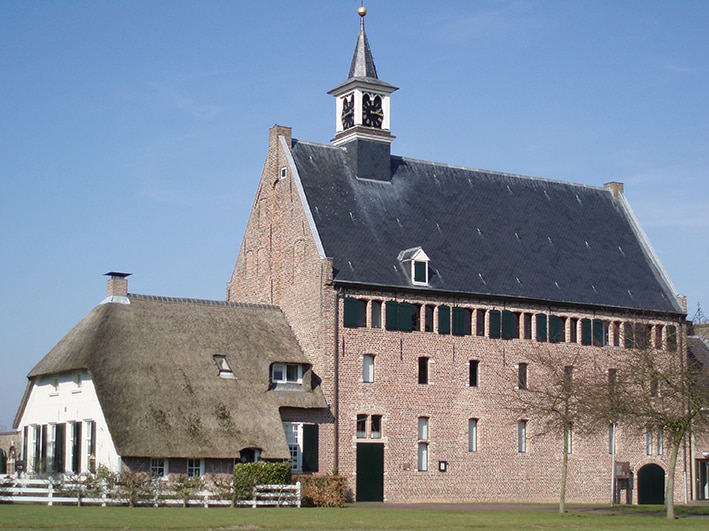
The house had been established only the previous year and there were no buildings with a proper cloister, no garden, no benefactors and no funds. Over the next eight years Johann would build the priory and commence the church.
Given the circumstances of the incipient foundation, Thomas did not become a novice until 1406, when the cloister was completed, and he was not ordained a priest until 1413, when the church was consecrated. He chronicled the history of the priory until shortly before his death.
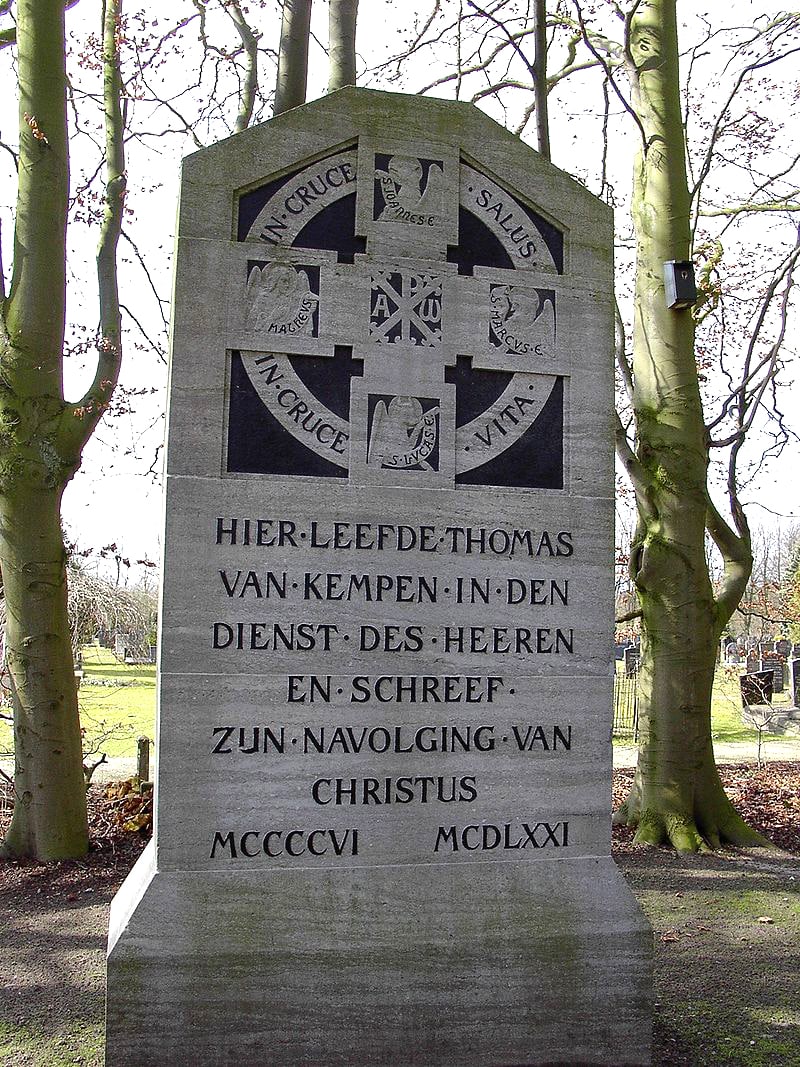
The contemplative begins to emerge
He was twice elected subprior and once procurator, this latter office in view of his love for the poor. After some time he was relieved of the job in order to devote himself to literary work and contemplation.
Among the duties of the subprior was to train the young religious, and most of his minor treatises were written for that purpose, especially his Sermons to the Novices Regular.
Thomas frequently preached in the church attached to the priory and two volumes of these sermons are extant: Prayers and Meditations on the Life of Christ and The Incarnation and Life of Our Lord. Among his other writings are biographies of Geert Groote and St Lydwine of Schiedam.
Thomas was known as kind and affable towards all, especially the sorrowful and afflicted. His favourite occupations were reading, writing and prayer.
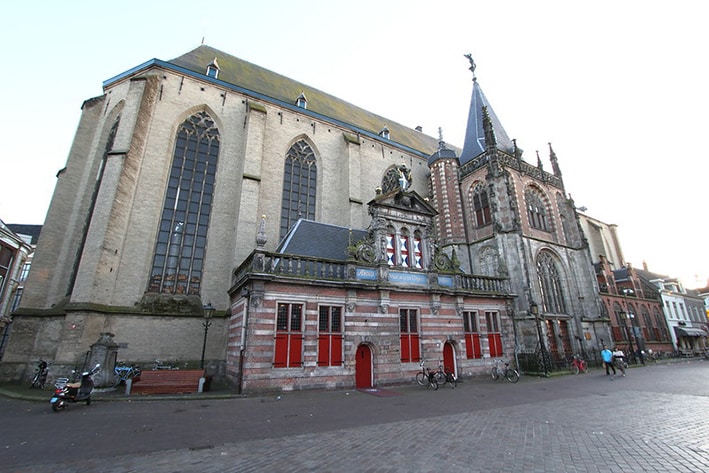
He showed little interest in world affairs but was eloquent when speaking about God and the soul. His body now lies in St Michael’s Church in Zwolle, with a magnificent monument erected in 1897 from contributions from all over the world. Thomas à Kempis is not a canonised saint.
Related
